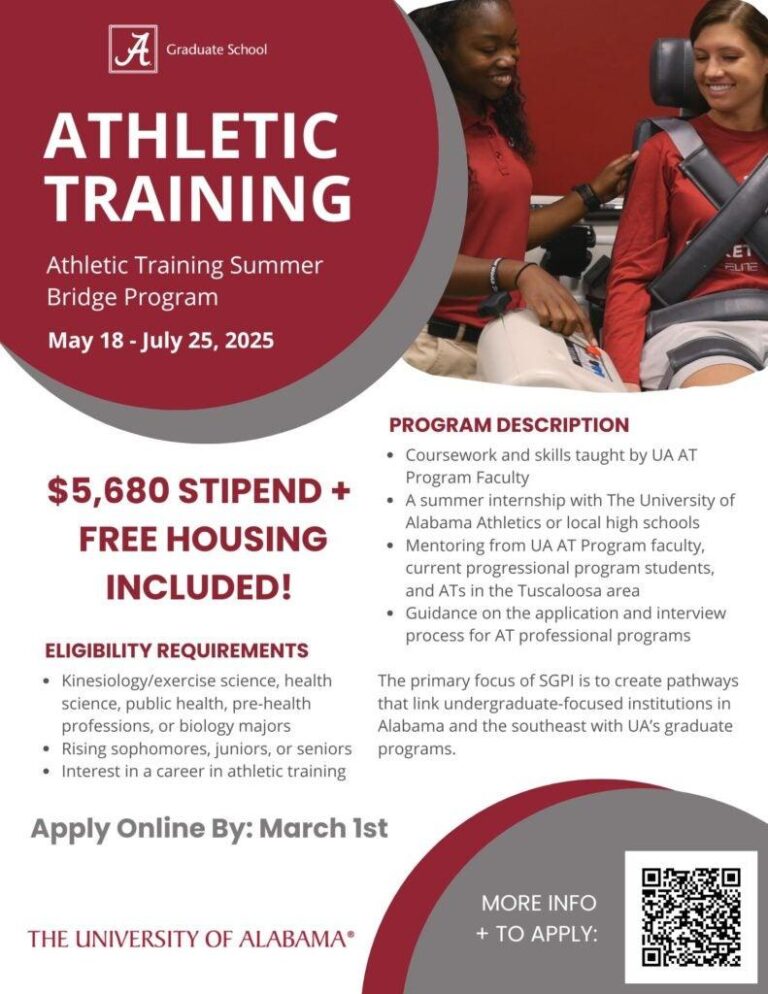In today’s fast-paced world, building physical strength is more than just a fitness goal—it’s a vital component of overall health and well-being. An athletic training program offers a structured and evidence-based approach to developing strength, enhancing performance, and preventing injury. Whether you’re a seasoned athlete or someone looking to improve everyday functionality, understanding the key benefits of such a program can transform the way you approach your fitness journey. In this article, we’ll explore how athletic training not only builds muscle but also boosts endurance, supports mental resilience, and lays the foundation for lifelong vitality.
Table of Contents
- The Science Behind Athletic Strength Development
- Maximizing Performance Through Targeted training Techniques
- Injury Prevention and Recovery Strategies for Athletes
- Designing a Personalized Strength Program for Long-Term Success
- Key Takeaways
The Science behind Athletic Strength Development
At the core of building athletic strength lies a elegant interplay between muscle fibers,neural adaptations,and hormonal responses. When subjected to resistance training, muscle fibers undergo microscopic damage, which triggers the body’s repair mechanisms. This process not only restores but also enhances the muscles’ capacity to generate force, a phenomenon known as hypertrophy. Simultaneously, the nervous system refines its efficiency by optimizing motor unit recruitment, synchronization, and firing rates, thereby enabling athletes to exert greater power with improved control and coordination.
Several physiological factors contribute to these adaptations, including:
- Muscle Protein Synthesis: Accelerated after training sessions to rebuild and grow muscle tissue.
- Neural Plasticity: Enhances interaction between the brain and muscles, improving reaction time and precision.
- Hormonal Fluctuations: An increase in anabolic hormones like testosterone and growth hormone supports recovery and strength gains.
Understanding these mechanisms provides valuable insight into why a structured athletic training program tailored to progressive overload, recovery, and proper nutrition remains the gold standard for optimizing performance and minimizing injury risk.
Maximizing Performance through Targeted Training Techniques
To truly elevate athletic performance, training must be strategically designed to address specific muscle groups and movement patterns. Incorporating periodization methods allows athletes to cycle through phases of varying intensity and volume, minimizing burnout while maximizing gains.Functional exercises tailored to mimic sport-specific actions not only enhance strength but improve overall coordination and reaction times. By focusing on targeted muscle activation and movement precision, athletes can break through plateaus and reduce the risk of injury.
Incorporating diverse training techniques such as high-intensity interval training (HIIT), plyometrics, and resistance bands further refines power output and muscular endurance.These methods challenge the neuromuscular system, resulting in better force production and quicker recovery periods. Integrating mobility drills and corrective exercises complements strength work, ensuring optimal joint health and movement efficiency. Together, these approaches create a extensive program that adapts dynamically to an athlete’s evolving needs, driving continuous betterment.
- Periodized training cycles for sustained progress
- Sport-specific functional exercises for enhanced performance
- HIIT and plyometric drills to boost power and endurance
- Mobility and corrective routines to maintain injury-free training
Injury Prevention and Recovery Strategies for Athletes
Proper care and attention to the body are essential for athletes to maintain peak performance and longevity in their sports careers. Implementing proactive measures such as dynamic warm-ups, adaptability routines, and balanced strength training can considerably reduce the risk of injuries. Regularly incorporating mobility drills and ensuring muscles are adequately conditioned help in preventing common strains and sprains. Equally critically important is understanding the body’s warning signs; athletes who listen to fatigue cues and avoid overtraining cultivate resilience and minimize downtime from injury.
Recovery strategies are just as vital as prevention techniques. Emphasizing active recovery methods—such as low-impact activities, foam rolling, and targeted stretching—supports tissue repair and reduces muscle soreness. Nutrition and hydration also play pivotal roles in accelerating healing processes,alongside consistent sleep patterns that allow the body to rejuvenate. Incorporating rest days and appropriate rehabilitation protocols after injury ensures a safer and more effective return to training, ultimately fostering stronger and more durable athletic performance.
Designing a Personalized Strength Program for Long-Term Success
crafting a training regimen that aligns with your unique body composition, fitness level, and personal goals is essential for sustaining progress and avoiding plateaus. A personalized approach allows for targeted muscle development, injury prevention, and efficient recovery strategies. consider variables like your preferred training frequency, equipment availability, and lifestyle commitments to create a program that fits seamlessly into your daily routine. This tailored methodology ensures not only measurable strength gains but also long-term engagement and motivation.
When designing your strength program, incorporating the following elements can maximize effectiveness:
- Progressive overload: Gradually increasing the resistance to continuously challenge muscles.
- Varied movement patterns: Using compound and isolation exercises to target multiple muscle groups.
- Recovery optimization: Integrating rest days and mobility work to enhance performance and reduce injury.
- Flexibility to adapt: Adjusting the program based on feedback,performance plateaus,or changing goals.
Key Takeaways
Incorporating an athletic training program into your routine is more than just a path to building strength—it’s a commitment to overall health, injury prevention, and long-term performance. Whether you’re an aspiring athlete or simply aiming to enhance your physical well-being, the benefits of structured strength training are undeniable. By prioritizing proper technique, consistency, and balanced programming, you can unlock your body’s full potential and enjoy lasting results. Ready to take the next step? Start building strength today and experience the transformative power of athletic training firsthand.

